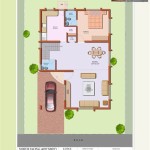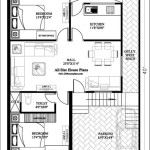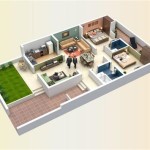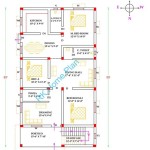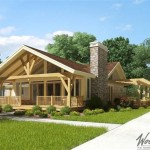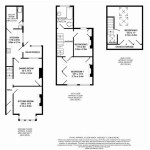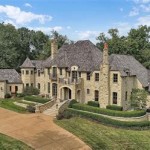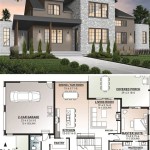Sloping Roof House Plans: Essential Aspects
Sloping roof house plans are gaining popularity due to their striking visual appeal and practical benefits. Whether you're designing a new home or renovating an existing one, understanding the crucial aspects of sloping roof house plans is essential.
Roof Pitch and Shape
The roof pitch, or angle, determines the slope of the roof. Steeper pitches are more dramatic but can increase construction costs and wind resistance requirements. Common roof shapes include gable, hip, and gambrel, each with unique aesthetic and functional considerations.
Structural System
Sloping roofs require a robust structural system to support their weight and withstand environmental forces. The structure typically consists of trusses, rafters, and beams, which distribute the load effectively and ensure the roof's stability.
Materials and Finishes
The choice of materials for your roof is crucial for durability, aesthetics, and cost. Asphalt shingles are a popular option due to their affordability and versatility, while metal roofs offer longevity and energy efficiency. Exterior finishes, such as siding and trim, should complement the roof's shape and materials.
Guttering and Drainage
Proper guttering and drainage systems are essential to prevent water damage and protect the roof. Gutters channel rainwater away from the house, while downspouts direct it to the ground or a drainage system. Adequate drainage minimizes the risk of moisture penetration and keeps the roof in good condition.
Energy Efficiency
Sloping roofs can contribute to energy efficiency by allowing for natural ventilation and insulation. Vents at the roof's peak and eaves promote air circulation, reducing heat buildup. Proper insulation, installed between the roof structure and ceiling, minimizes heat loss during winter and keeps the home cooler in summer.
Natural Lighting and Views
Sloping roofs provide ample opportunities for integrating natural lighting and scenic views. Skylights and large windows can flood the interior with natural light, creating a bright and airy atmosphere. Sloped ceilings can also showcase exposed beams or rafters, adding architectural interest to the space.
Considerations for Sloping Roof House Plans
When planning a sloping roof house, consider these key factors:
- Local building codes and regulations
- Site characteristics (slope, soil conditions)
- Design aesthetics and personal preferences
- Construction costs and maintenance requirements
By understanding the essential aspects of sloping roof house plans, you can create a home that combines aesthetics, functionality, and energy efficiency. Working with an experienced architect or designer can guide you through the design process and ensure that your sloping roof house meets your specific needs and aspirations.

Pin By Rosa On Casas In 2024 Small Modern House Plans Construction Plan Beautiful

16 Examples Of Modern Houses With A Sloped Roof

House Plans 8x6 With 2 Bedrooms Slope Roof Construction Plan Gable

Slope Roof House With Futuristic Interiors

3 Bed Cottage House Plan Flat Roof Palmer Construction Zimbabwe

Sloping Roof Bungalow Working Drawing In Dwg File Open House Plans Architecture Plan

10 Best One Story House Plan With Flat Roof Design

Sloping Roof Kerala Home Design

House Design Plans 5 5x6 With One Bedroom Flat Roof Designs

Designing A Modern Flat Roof For Your Home Combit Construction

